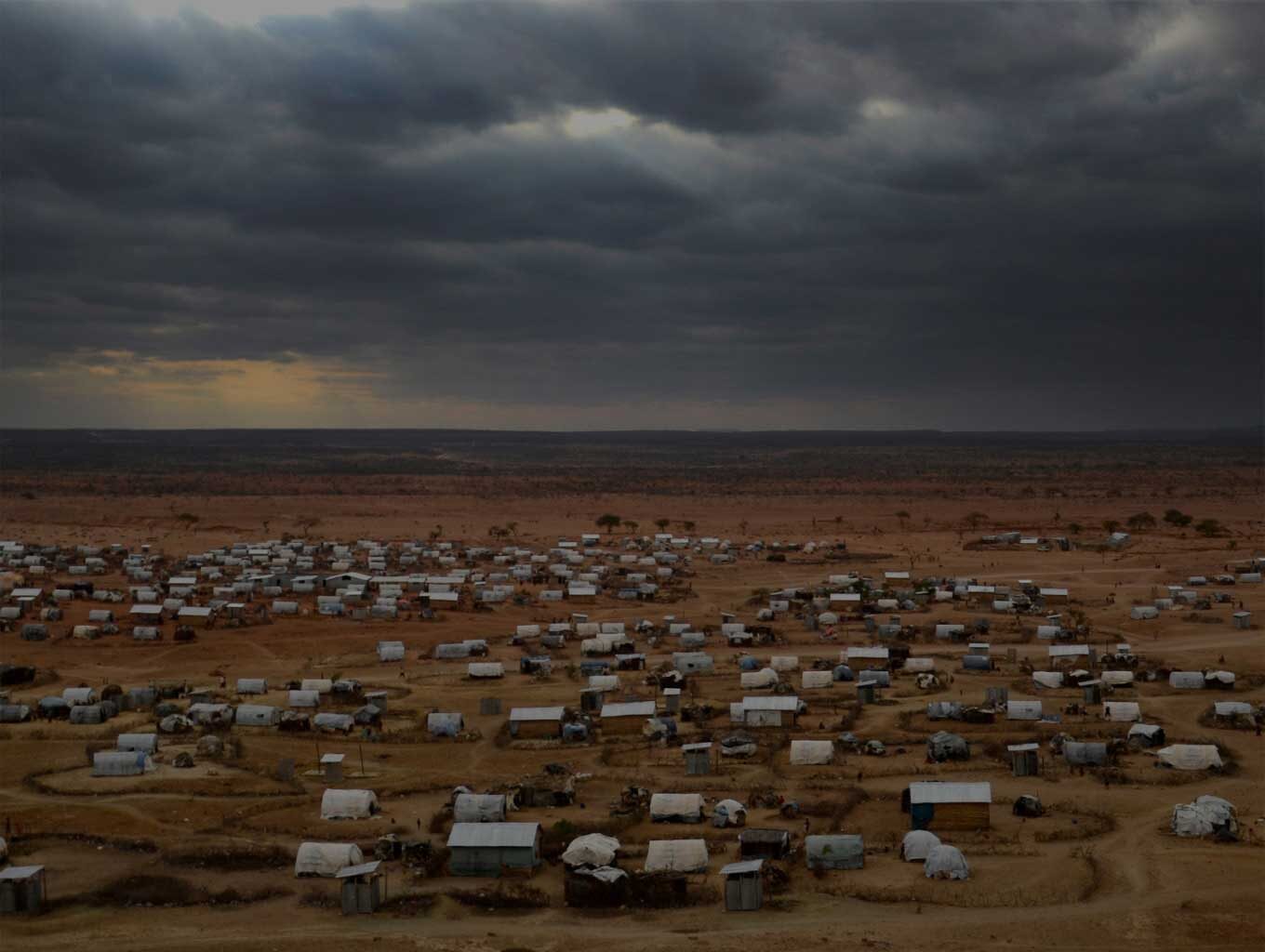As a donor, you play a crucial role in informing and catalyzing changes within the aid sector, and in the prevailing conditions within conflict contexts. Donor decisions pertaining to the guidelines and requirements that you place on your partners will shape the priorities and trajectory of programming, and your guidance will also contribute to global policy and influence senior humanitarian leadership. Your institutions also play a critical diplomatic role and can influence key stakeholders, including state and non-state actors.
Through all of these avenues, donors should consider how their actions can contribute to the reduction of both threats and the vulnerability of people affected by armed conflict, the strengthening of existing community capacity, and ultimately produce better protection outcomes.
Results-Based Protection is an approach that conceives of protection as an outcome – that is, as the goal we are trying to achieve. When protection is conceived of as an outcome – as opposed to an activity – interventions are developed that aim to prevent further incidence of protection risk. Starting with protection analysis that identifies and breaks down the risks that individuals and communities face, strategies can be developed that include a range of actors from different sectors and disciplines. By keeping risk reduction for the affected population as the center of gravity, an RBP approach also priorities accountability to affected populations in all areas of programming, and allows for results to be measured more effectively, ensuring partners are able to demonstrate -value-for money.
WHAT CAN YOU DO?
One key role you – the donor – can play is to encourage partners to better incorporate protection outcomes into proposals and programs, beyond just “do no harm”, and beyond even stand-alone protection activities. Do you require that your partners include risk reduction is an outcome in both protection and non-protection programming? Do you require protection analysis that uses the risk equation and that breaks down protection risks into their components (threat, relative vulnerability, and the capacity of the vulnerable to respond to or mitigate those threats)? How can you ensure that non-protection actors also contribute to protection analysis?
You also have the ability to support an enabling environment for your partners Do the terms of your grants allow partners to be flexible and adjust their programs as they learn? Are they given the time and resources to commit to the kind of deep community engagement that is required to understand and make progress on sensitive protection issues? Are you allowing indicator-free methods of measurement – such as outcome mapping and contribution analysis – in addition to traditional indicators to measure project success?
You should also consider where you and your institution can contribute directly to protection outcomes. Are there stakeholders identified in a protection analysis that you can directly or indirectly influence? What role can your diplomatic counterparts play in influencing state or non-state actors who may be able to influence protection risks? How can you convene and facilitate multi-disciplinary strategies in your own programming and within the response as a whole?
